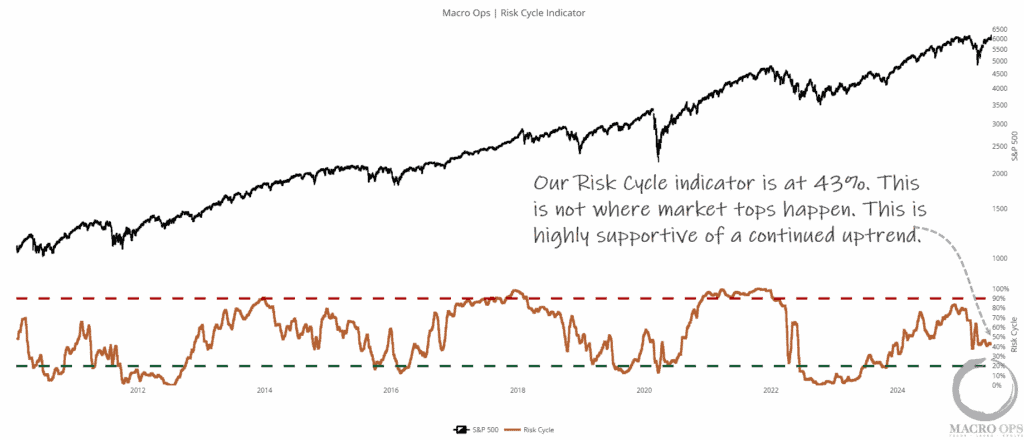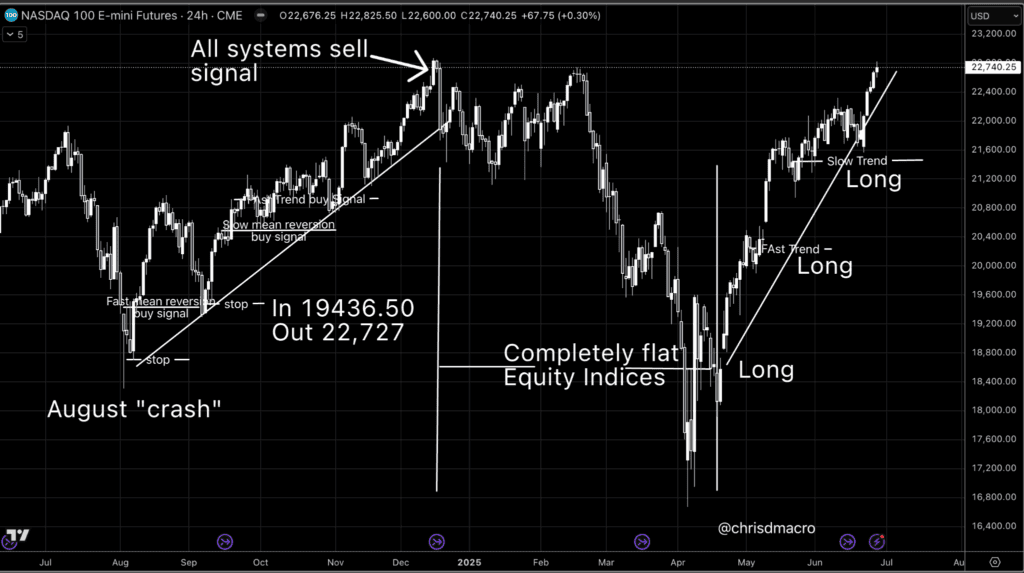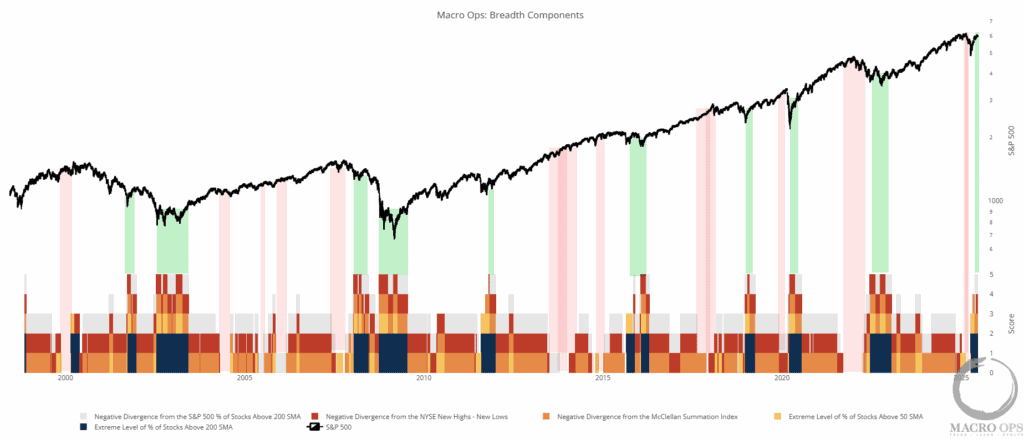This weekend we review eDreams ODIGEO (EDR) 1Q 2022 earnings and discuss POWW’s recent selling pressure.
Before we dive in, here’s a snapshot of the moves we made in the portfolio this past week:
- Trimmed NTDOY and HCITY to free up cash to buy a starter position in Wheels Up (UP). You can read our most recent thoughts on UP here.
- Increased our Uranium exposure by adding to Centrus Energy (LEU) and buying a new position in Paladin Energy (PDN.ASX). Those interested in reading Alex’s Uranium bull thesis can learn more here.
Alright, housekeeping is done. Let’s dig in.
eDreams ODIGEO (EDR) 1Q Earnings: Gaining Market Share & Increasing Prime Members
EDR is an asset-light, resilient online-travel agency (OTA) rapidly growing its high-margin member subscription business while connecting the highly fragmented European airline travel industry. The company currently sports a 37% market share in Europe, 2.3x larger than its closest competitor. It is also the world’s second-largest OTA by flight revenue, right behind Trip.com.
You can read our original EDR write-up here.
The bull thesis hinges on two key questions:
- Will the industry (OTA) become larger or smaller post-COVID 19?
- Will eDreams (EDR) become a larger or smaller player in the industry?
With COVID-19 lockdowns mostly behind us and world travel beginning to pick back up, the answer to both is a resounding yes.
Here’s the most impressive part of EDR’s 1Q earnings. Not only did the company surpass YoY figures. They even beat pre-COVID demand metrics. Let’s go through the numbers.
Bookings Growth Surpasses 2019 Pre-COVID Levels
There are three reasons for EDR’s relatively strong bookings growth:
- A stronger desire for consumers to travel
- Pent-up demand from COVID travel restrictions
- Strong execution in EDR’s mobile app
We’re just starting to see the benefits of this increased travel demand. For example, June marked the first month where 2021 demand exceeded 2019 levels by 2%. July was even more robust, with demand beating 2019 figures by 6%. And August saw the most significant demand increased, beating 2019 figures by 27%.
The company’s outpaced its industry in bookings growth each of the last five quarters. Check out the delta below (emphasis mine):
- 1Q 2021: +9%
- 2Q 2021: +15%
- 3Q 2021: +14%
- 4Q 2021: +11%
- 1Q 2022: +52%
The great thing about EDR’s bookings growth is that it comes amidst relatively high industry restrictions. Last week, the EU outlined new travel restrictions and recommended pausing “non-essential” travel. EDR bears the most pain from such restrictions as it caters to predominantly leisure travelers.
These restrictions translate into lower average revenue per booking (EDR calls it Average Order Basket), with AOBs 39% lower than in 2019.
Prime Membership Growth Continues at a Strong Clip
One of the reasons we love (and invested in) EDR was its Costco-like subscription model, Prime. For ~EUR 60/year, members gain access to discounts on 100% of EDR’s flights, up to 50% discounts on lodging (hotels, etc.), an exclusive 24/7 customer service hotline, and the ability to book an entire family/group for the member-specific discount rate.
EDR is the only OTA that offers a Subscription-type product like this.
The company hit a significant milestone this quarter as it surpassed 1.5M Prime members. This is an incredible achievement, so let’s put it in perspective. EDR added 500K new Prime members during the last three months. To compare, it took EDR 13 months to reach its previous 500K member growth mark.
Over the last twelve months (June 2021), EDR grew its Prime Membership by 116%.
Today, Prime members are responsible for 39% of all flight bookings. That’s more than double the flight booking share from 1Q 2021 (18%).
Here are CEO Dana Dunne’s thoughts on Prime Membership growth (emphasis mine):
“And we expect to achieve our target of 2 million Prime members over 1 year ahead of schedule. The already revised target was newly set for before the end of summer 2022. But very likely, we will move forward yet again this self-imposed target that we set last May by yet another 3 to 6 months.”
The beauty of Prime Membership is that it allows EDR to benefit from Scaled Economies Shared. Here’s how…
EDR’s Scaled Economies Shared
More members equal greater 100% margined revenue. The company can then use that additional revenue to charge lower prices for its flights because it’ll make up that lost margin in its subscription business.
Cheaper flights incentivize more customers to join EDR’s Prime Membership. That’s a powerful flywheel.
Finally, acquisition costs are significantly lower for Prime members than non-Prime members, which makes sense. If you’re a Prime Member, you’ll likely search EDR before looking elsewhere.
So, the greater the percentage of Prime Members, the less money EDR needs to spend to generate those revenues. In turn, EDR should experience massive operating leverage as the company lowers CAC across a more significant portion of its customer base.
We’re seeing evidence of EDR’s Scaled Economies Shared in its acquisition data, as well. In 2015, EDR’s Acquisition Cost Per Booking Index was 100. Today, it’s 70, representing a 30% decrease in acquisition costs thanks to its increased Prime Membership base.
Looking Ahead: What Will The Business Look Like In Five Years?
Investing in EDR is a bet that the business will eventually return to normalized, pre-COVID metrics, but with a more significant percentage of higher-margin Prime Membership revenue.
EDR will capture the lion’s share of revenues and profits as travel restrictions ease throughout Europe. Currently, the company’s estimating ~EUR 445M in revenue by 2023 and ~EUR 73M in EBITDA (16% margin).
Let’s assume that the company grows revenues at a ~15% CAGR after 2023. That gets us EUR 708M in revenue by 2026, which is almost the company’s entire market cap today.
Now, let’s also assume EDR improves EBITDA margins to pre-COVID levels by 2025 and sustains them for the duration of our five-year scenario. That gets us ~EUR 163M in 2026 EBITDA or ~8x current EV.
How reasonable are these assumptions? EDR’s former Chief Marketing Officer did a Tegus call in May 2021. Here’s how he sees the next few years:
Our estimates align with his thoughts as we’re modeling EUR 135M+ EBITDA in 2025.
Now, what would a reasonable buyer pay for EDR’s business if it reached EUR 160M+ by 2026? The currently embedded multiple of ~8x is far too cheap. The median EV/EBITDA for related companies (like Expedia and Trip.com) is 18x.
Applying an 18x multiple to our 2026E EBITDA, we get nearly EUR 3B in Enterprise Value. Subtract net debt of EUR 500M, and you’re left with ~EUR 2.5B in shareholder value or EUR 21/share. That’s an implied upside of 224%.
The stock is stuck in a sideways range. We’ll add on technical entry points.
POWW Selling Pressure: GunBroker Founder Cashing In
I wanted to scribble some quick thoughts on POWW’s recent selling “pressure.” The company is arguably the best-positioned US-based ammo manufacturer to benefit from the Russian ammo ban. So why has the stock barely moved, and when it does, it moves down?
The answer lies in Steve Urvan’s insider selling.
POWW bought GunBroker with a mixture of cash and stock, making Urvan the company’s largest shareholder post-acquisition. Since then, Urvan’s consistently sold blocks of his stock on the open market in a series of S-3 public filings.
Some might ask, “why is he selling if the company is so undervalued?” My answer is, “I don’t know.” Urvan spent over two decades creating the world’s largest online firearm marketplace, and now he probably wants to cash out. I don’t blame him.
POWW’s long-term thesis remains as optimistic as ever, and we can’t wait for the September 7th ammo ban to kick in.
Other News & Notes
We recently added Tegus to our MO internal research toolbox, and I’m like a child on Christmas morning. There are dozens of expert calls on each portfolio company that consumes most of my waking hours.
I can’t wait to share my thoughts and discoveries from these calls over the next few weeks.











